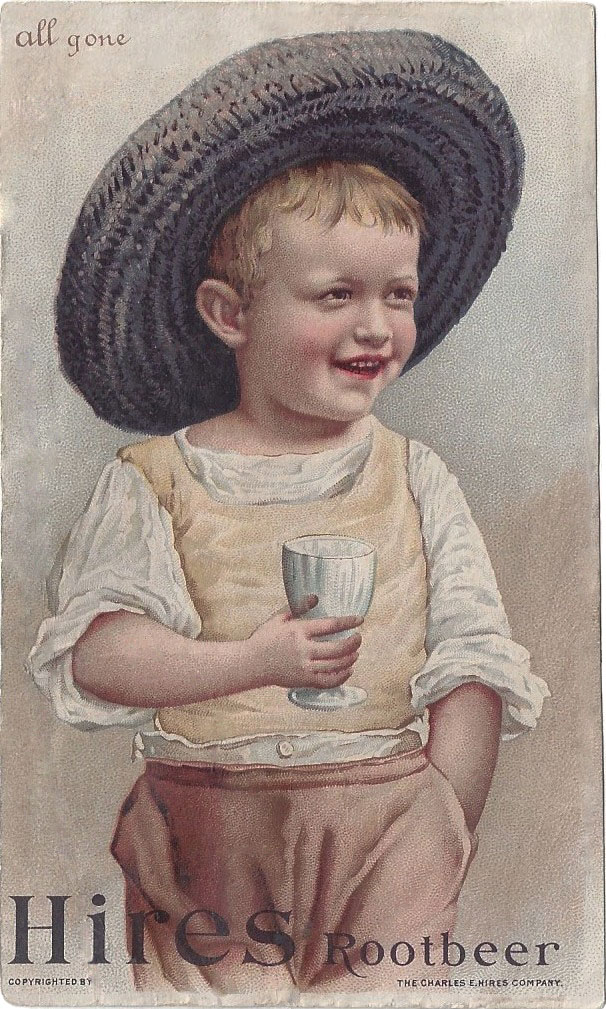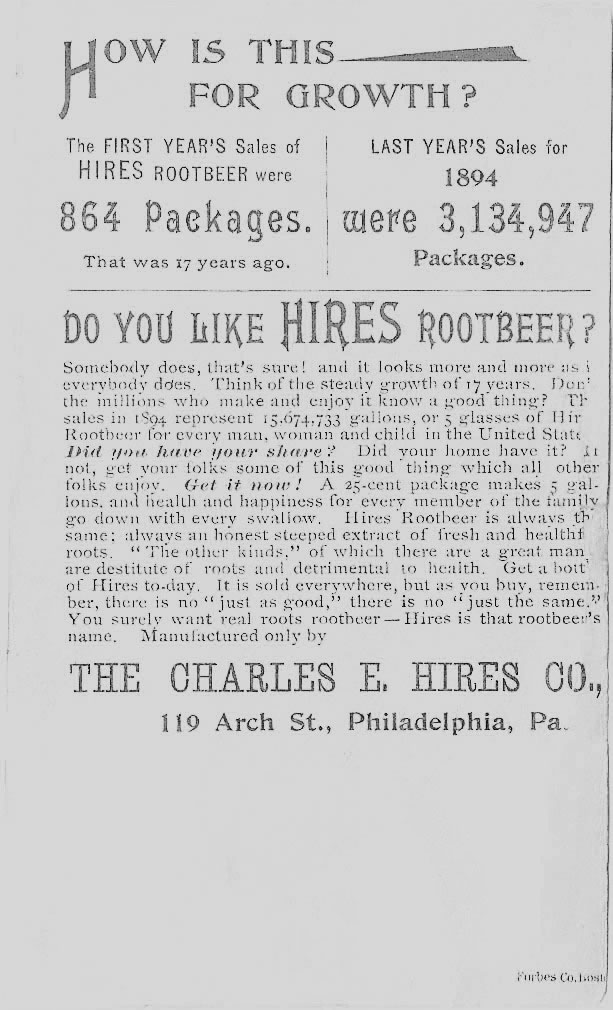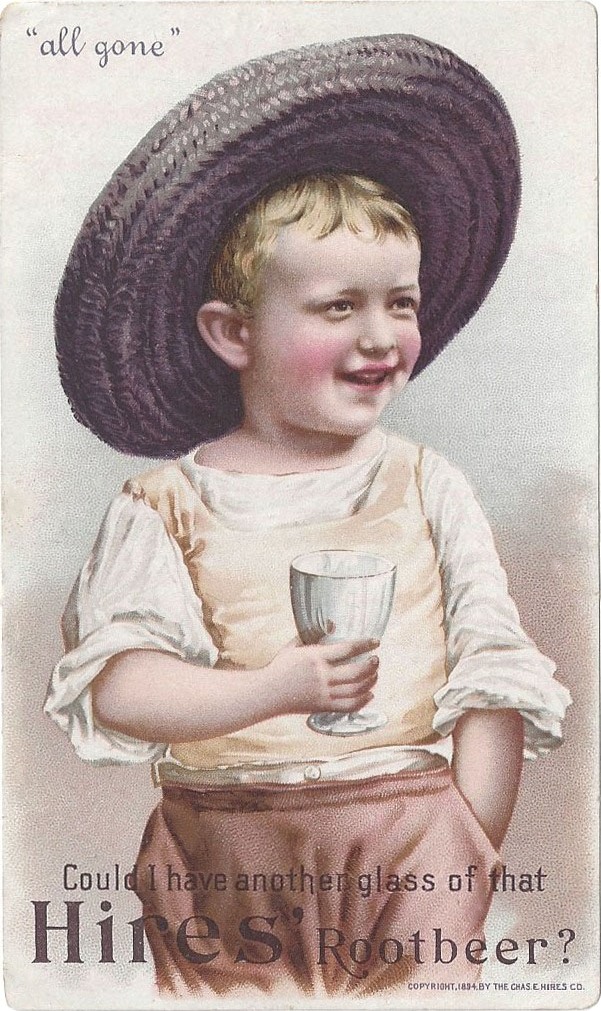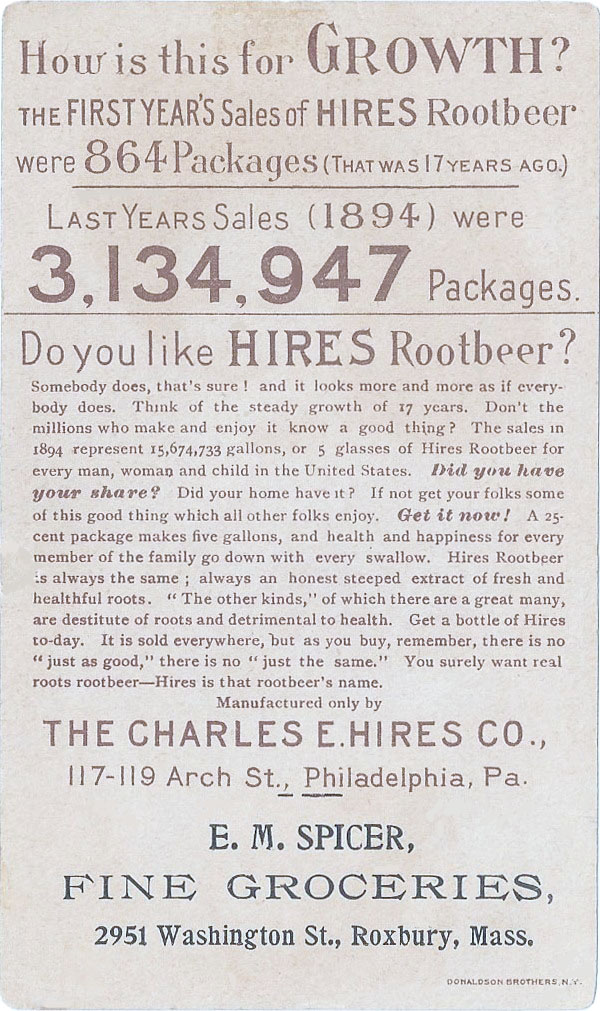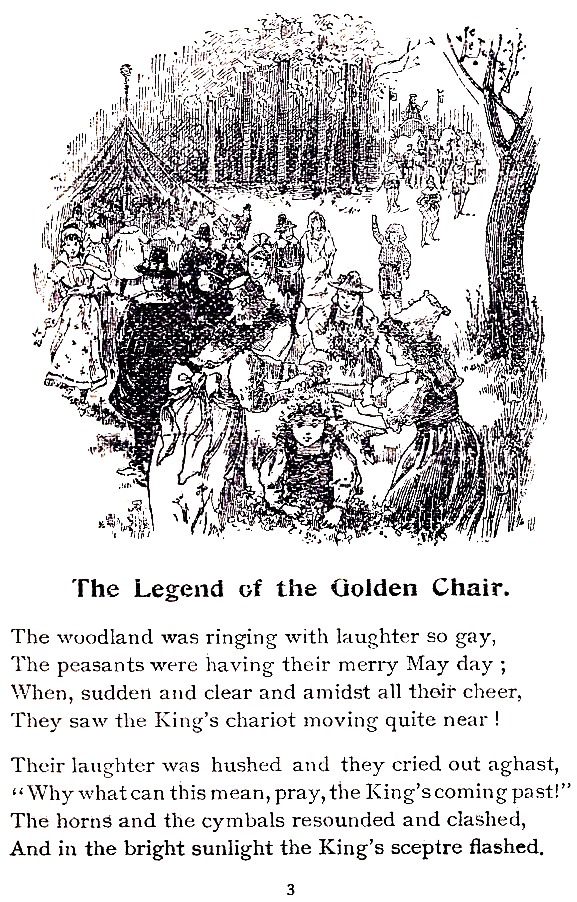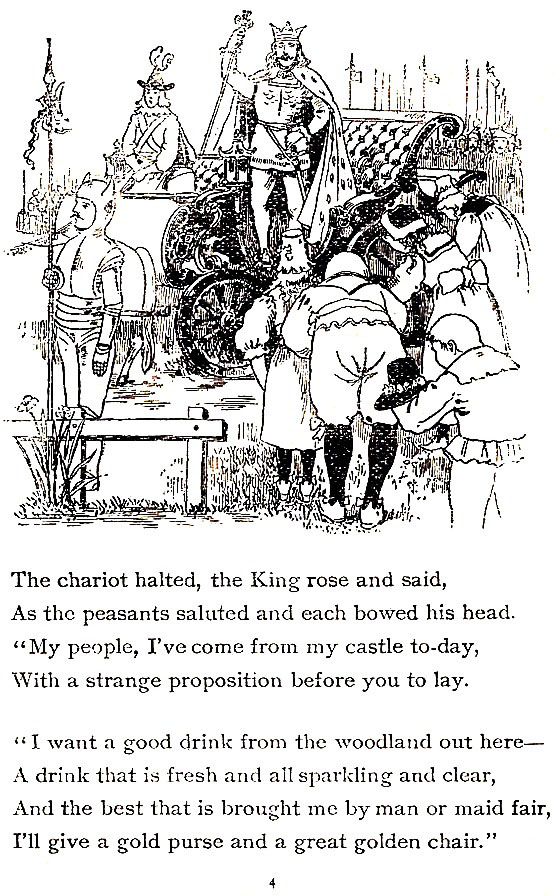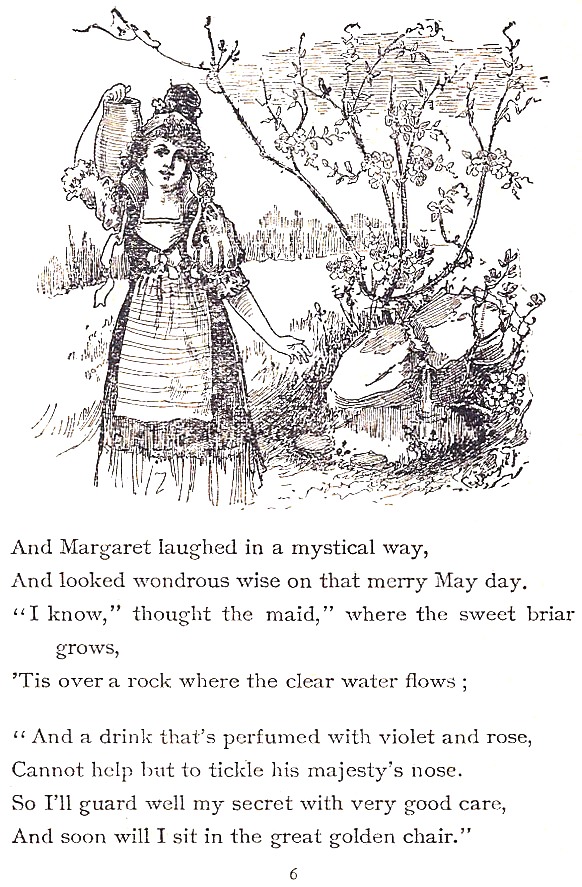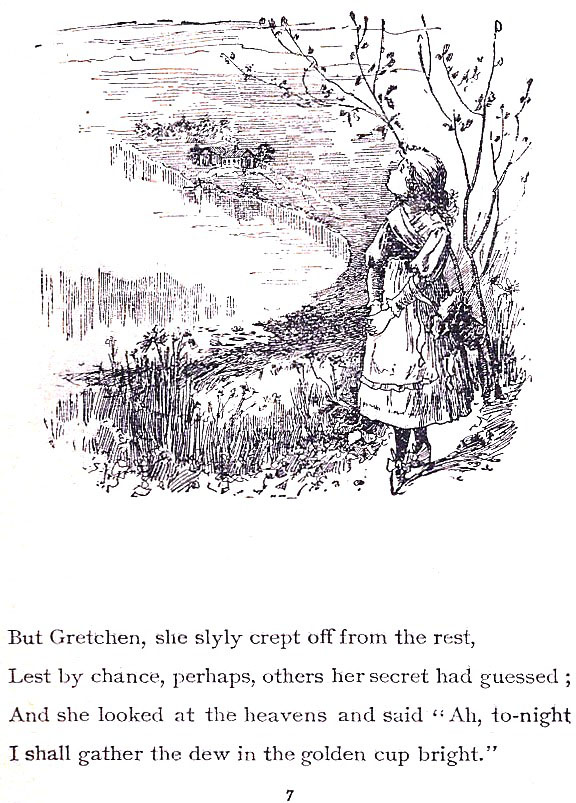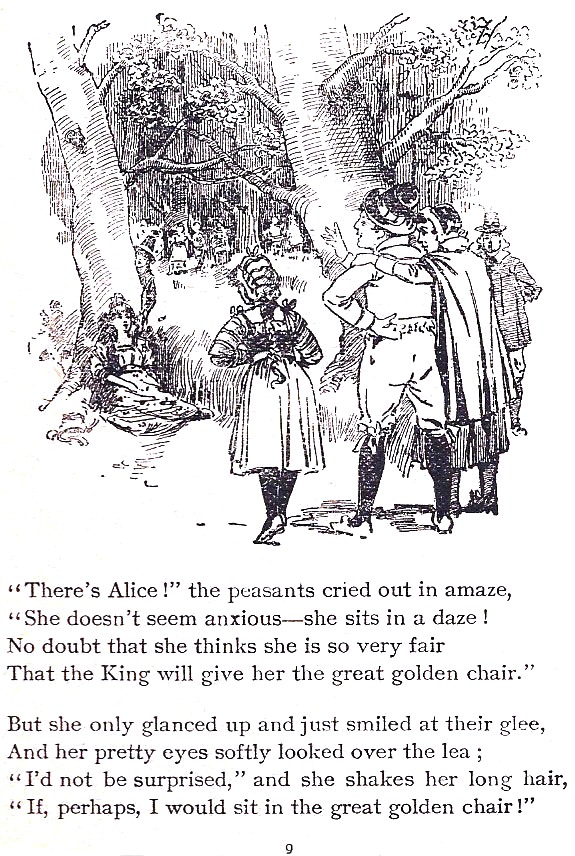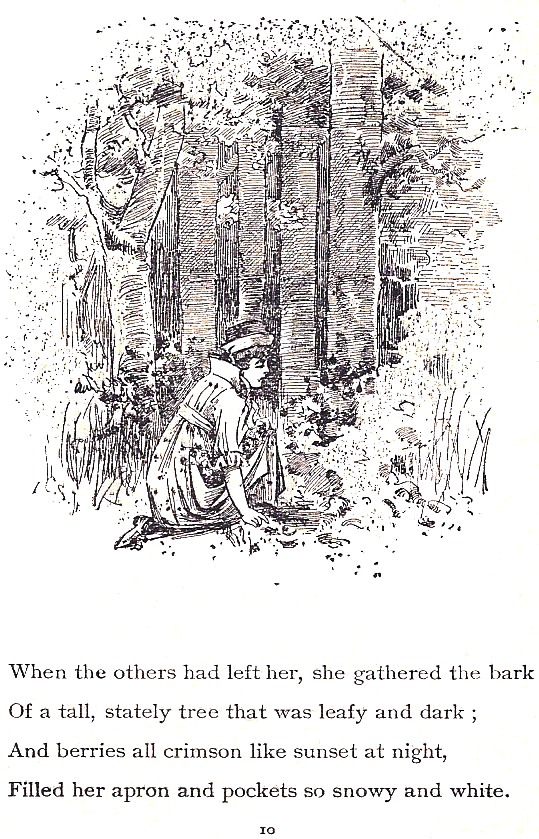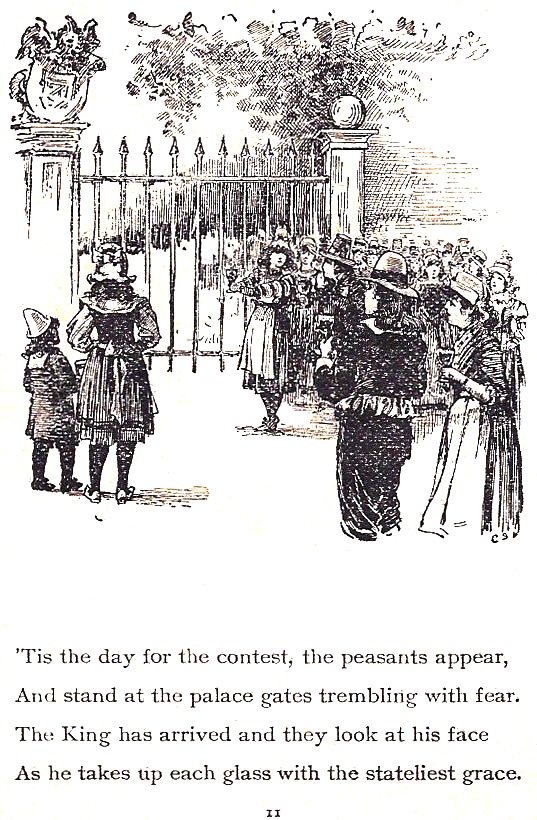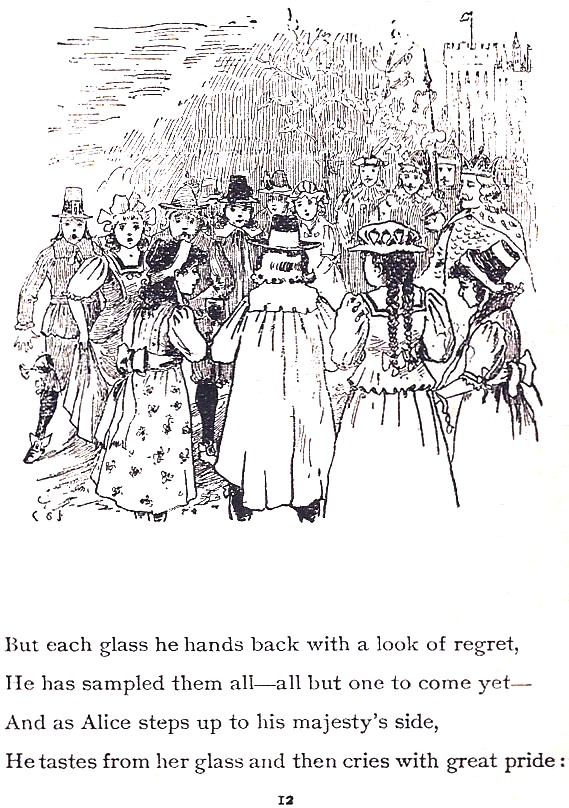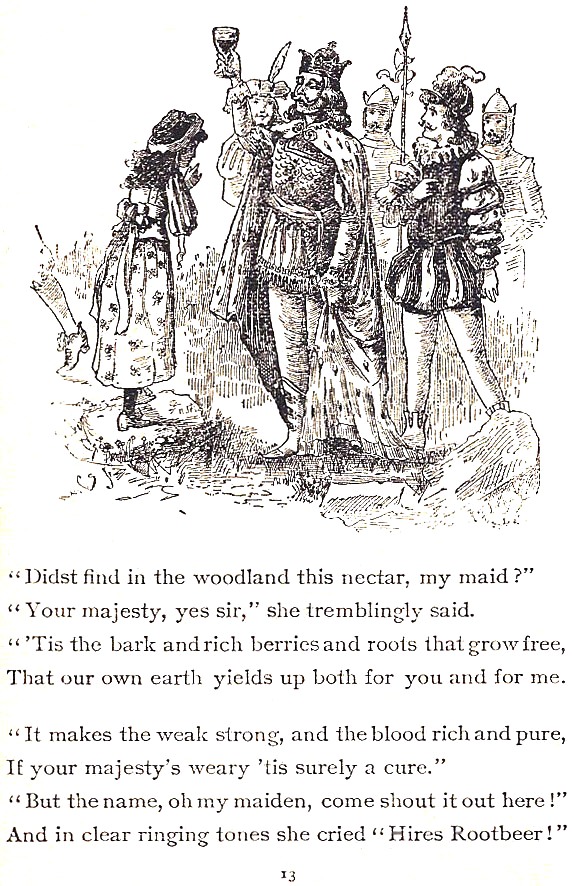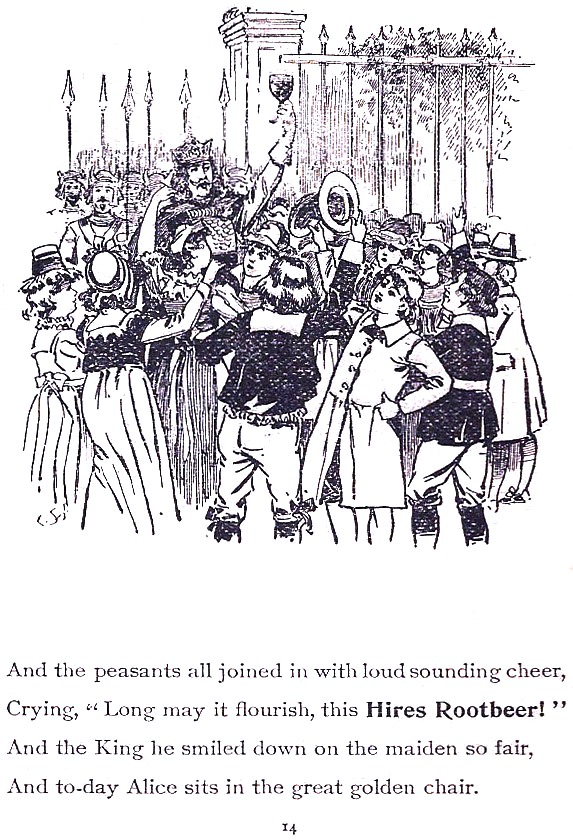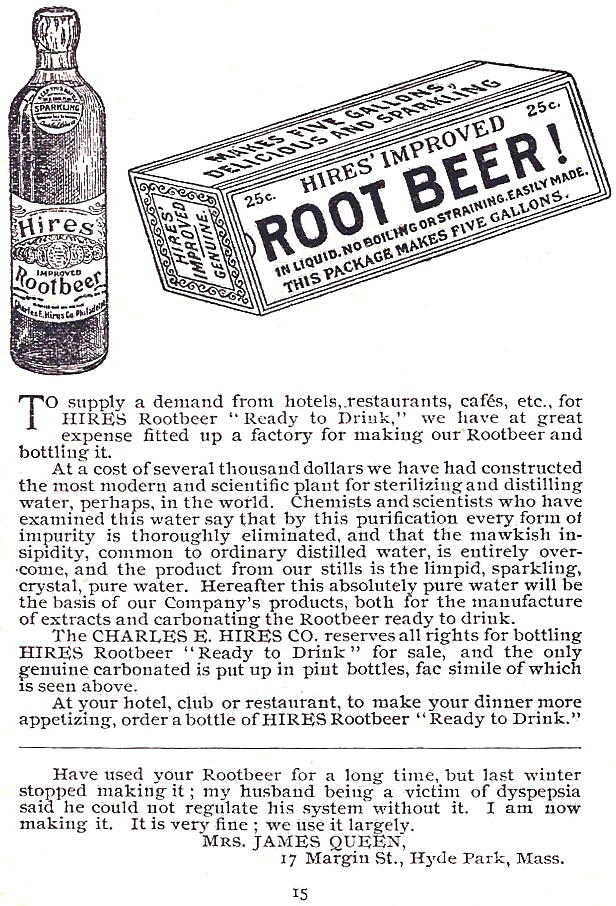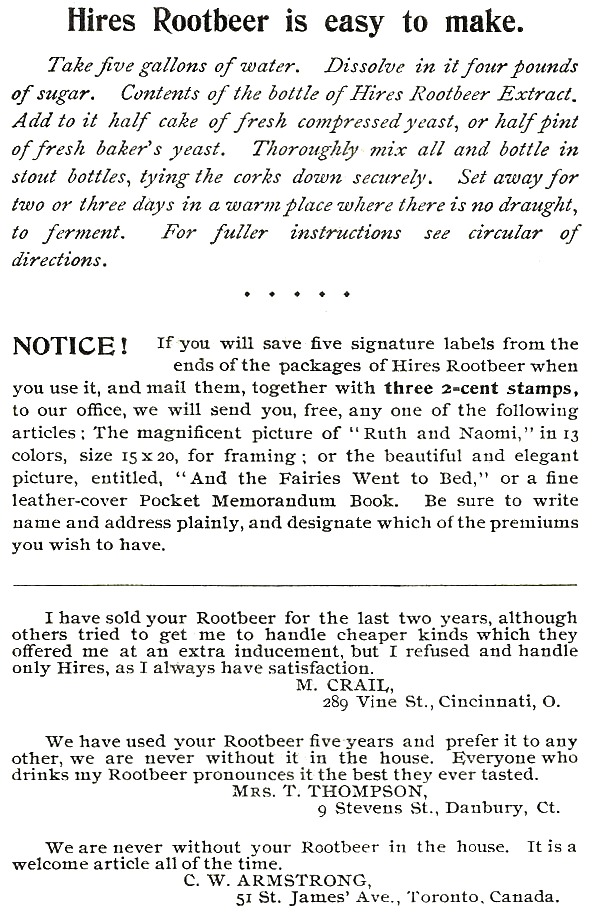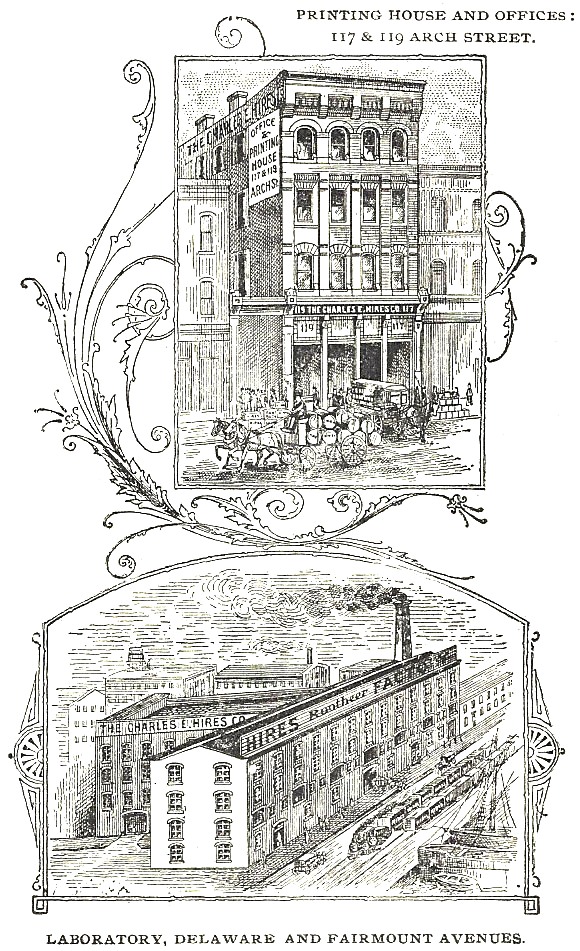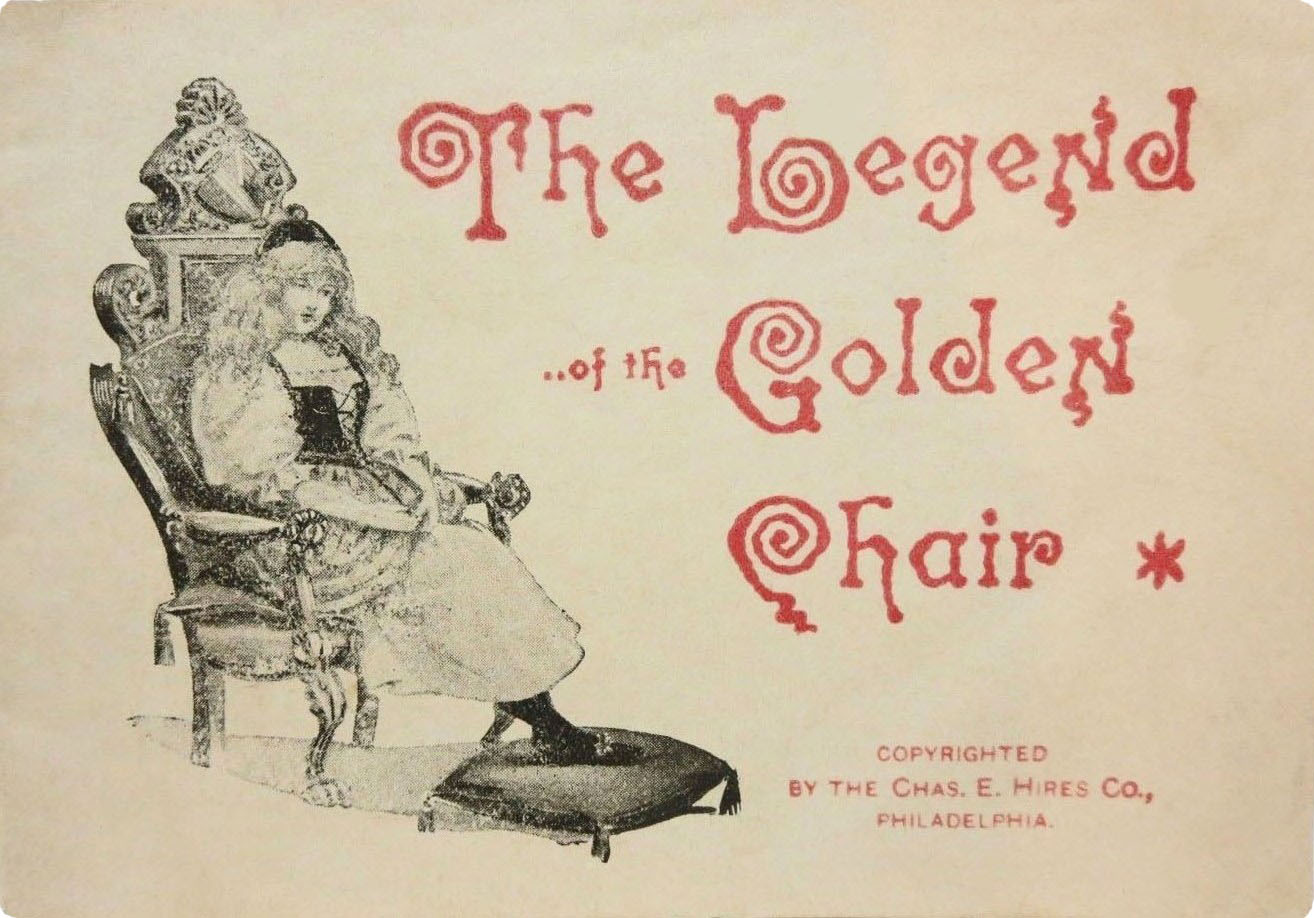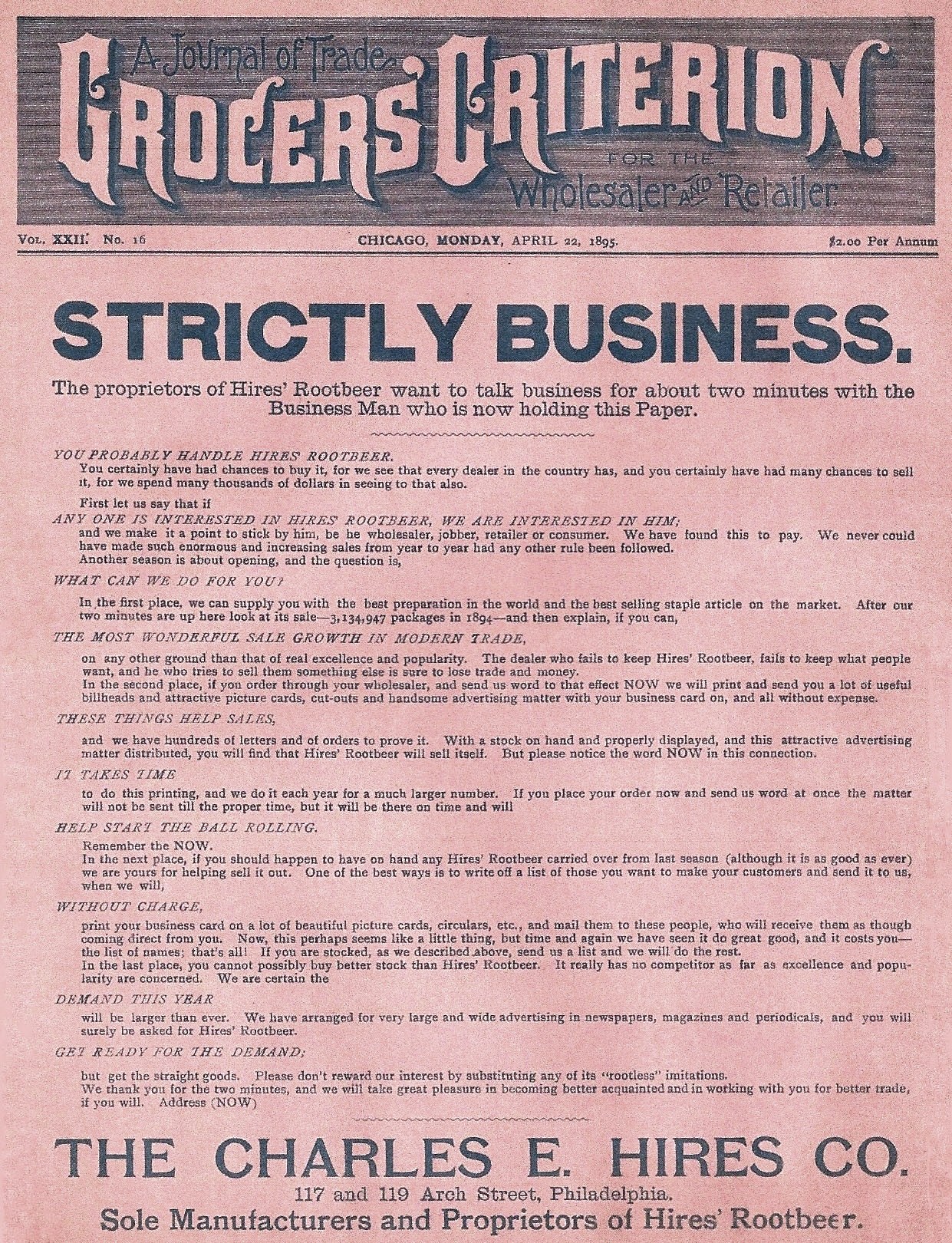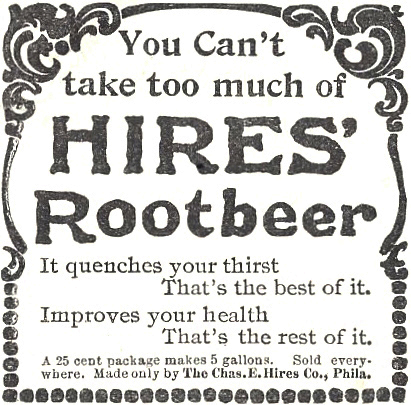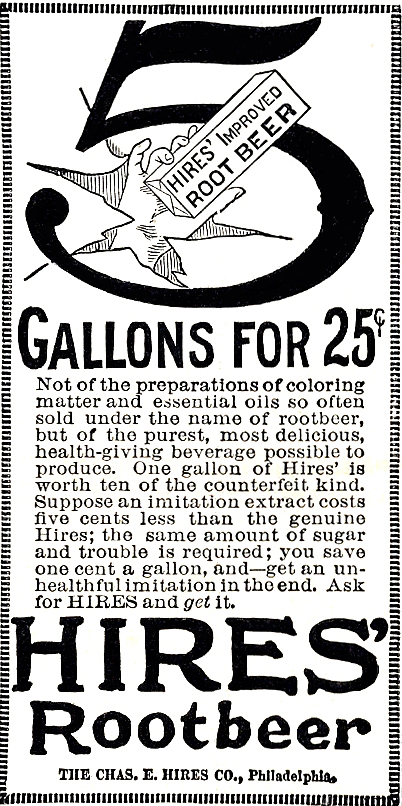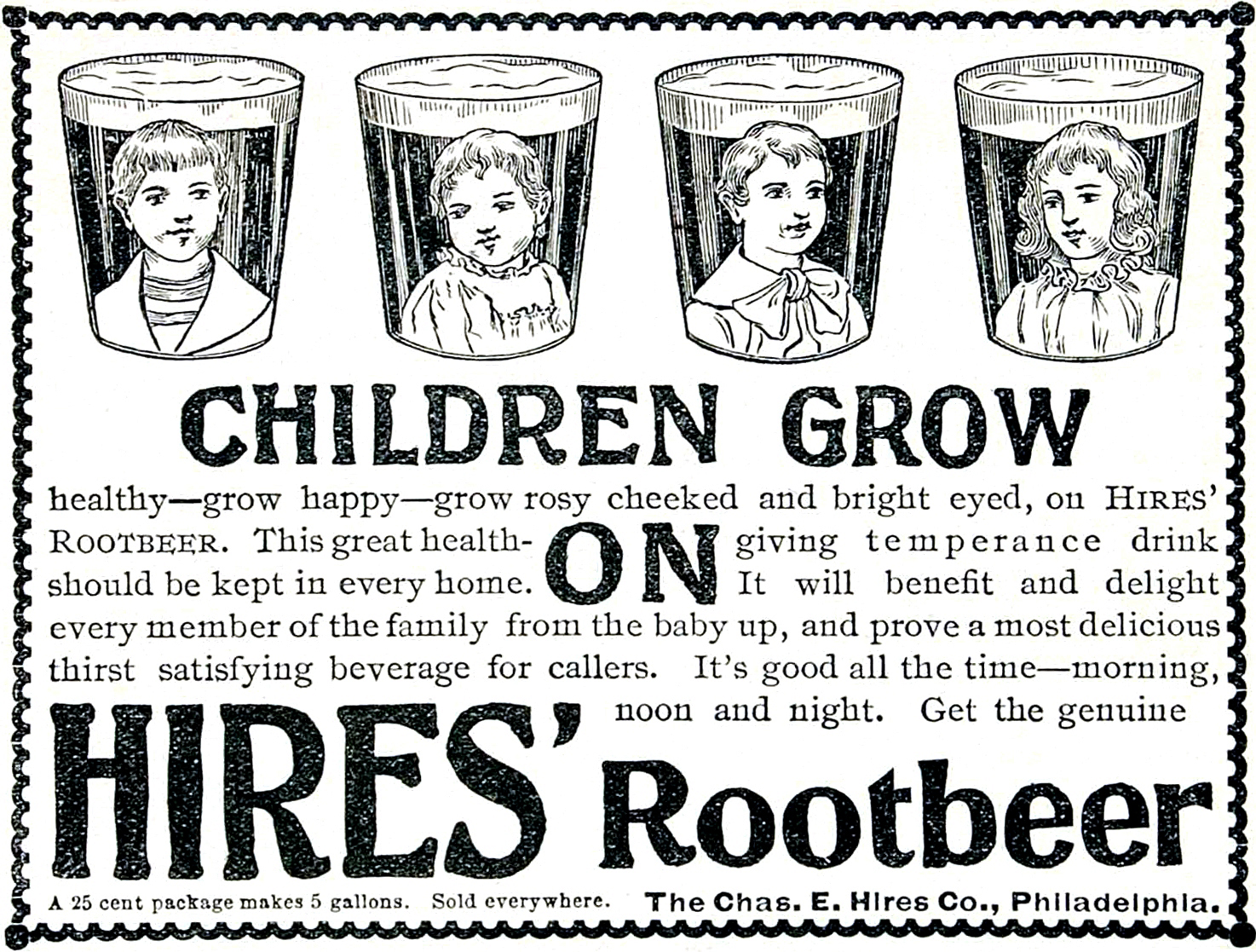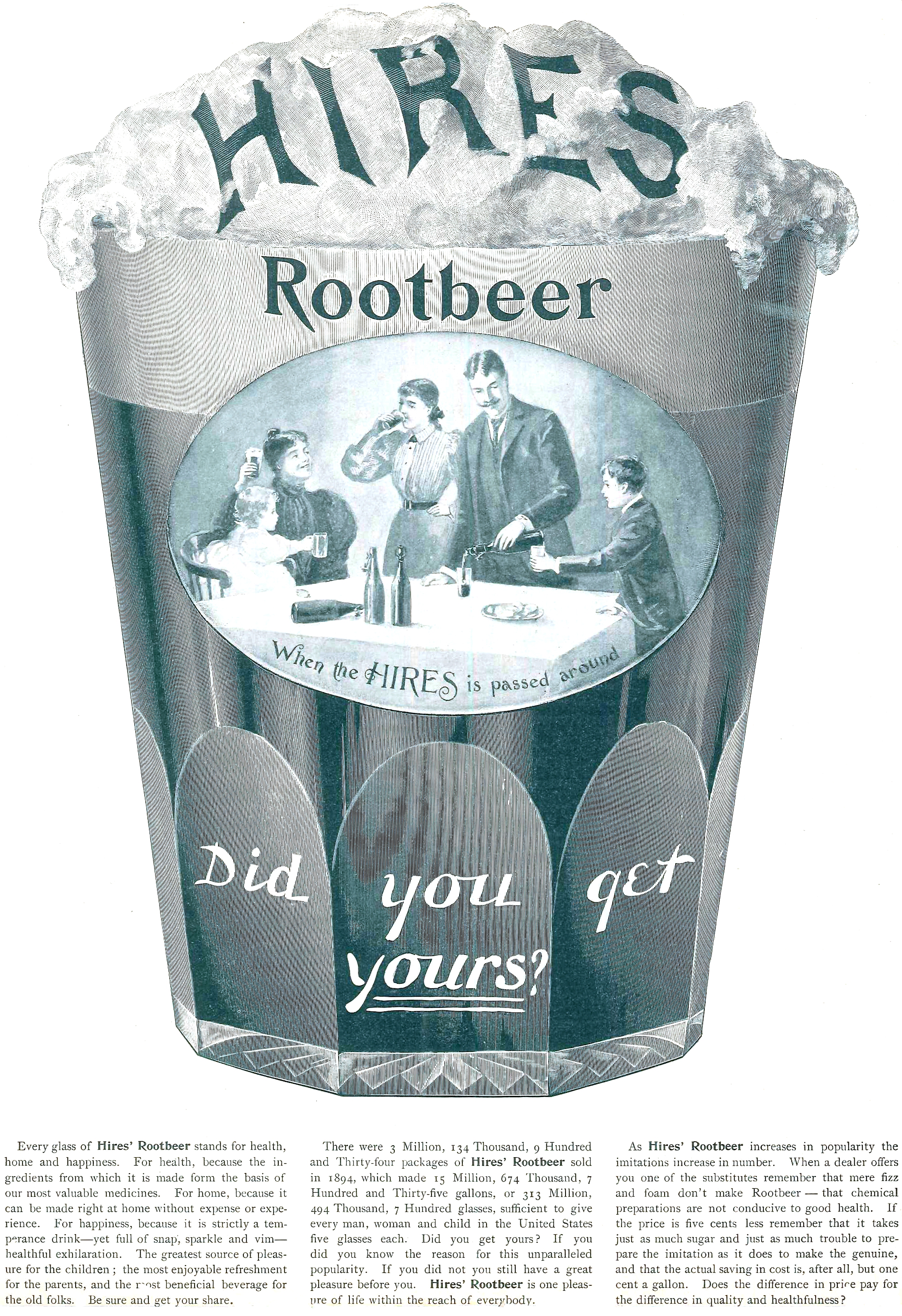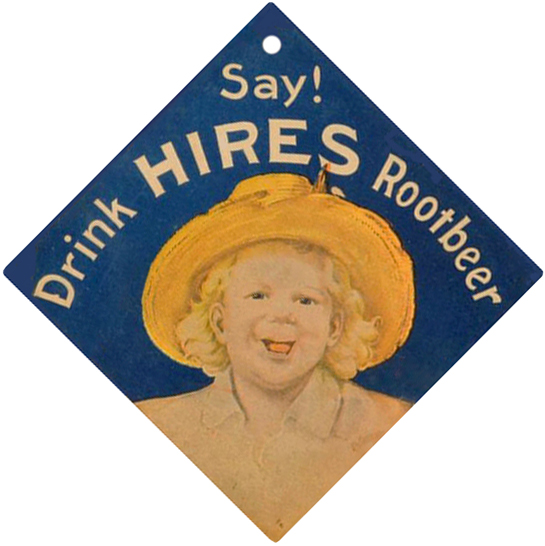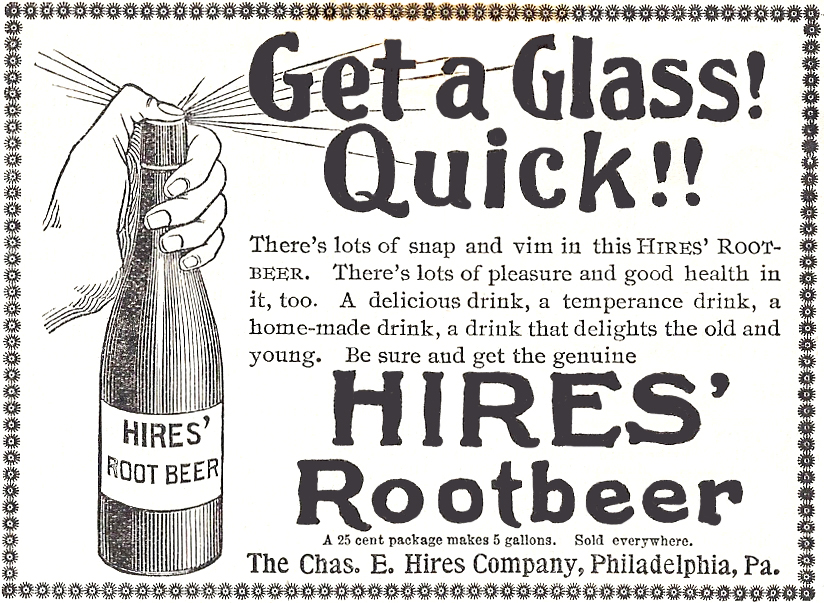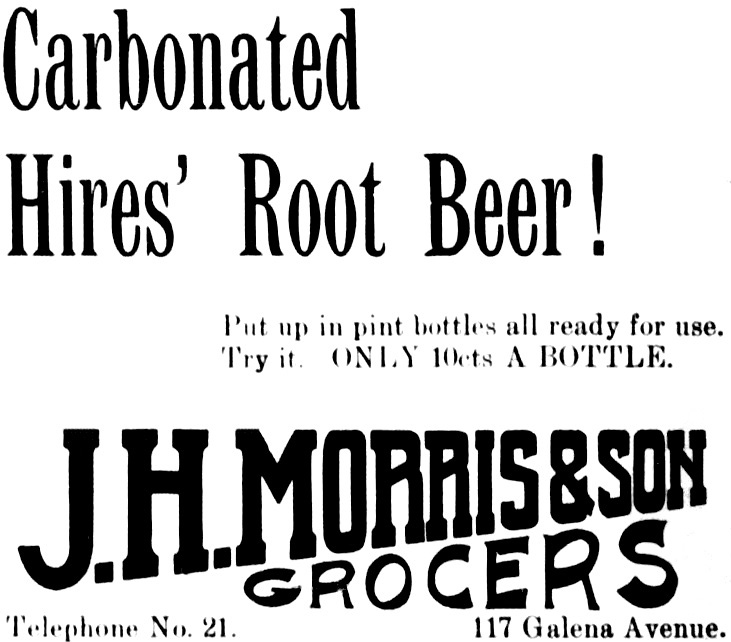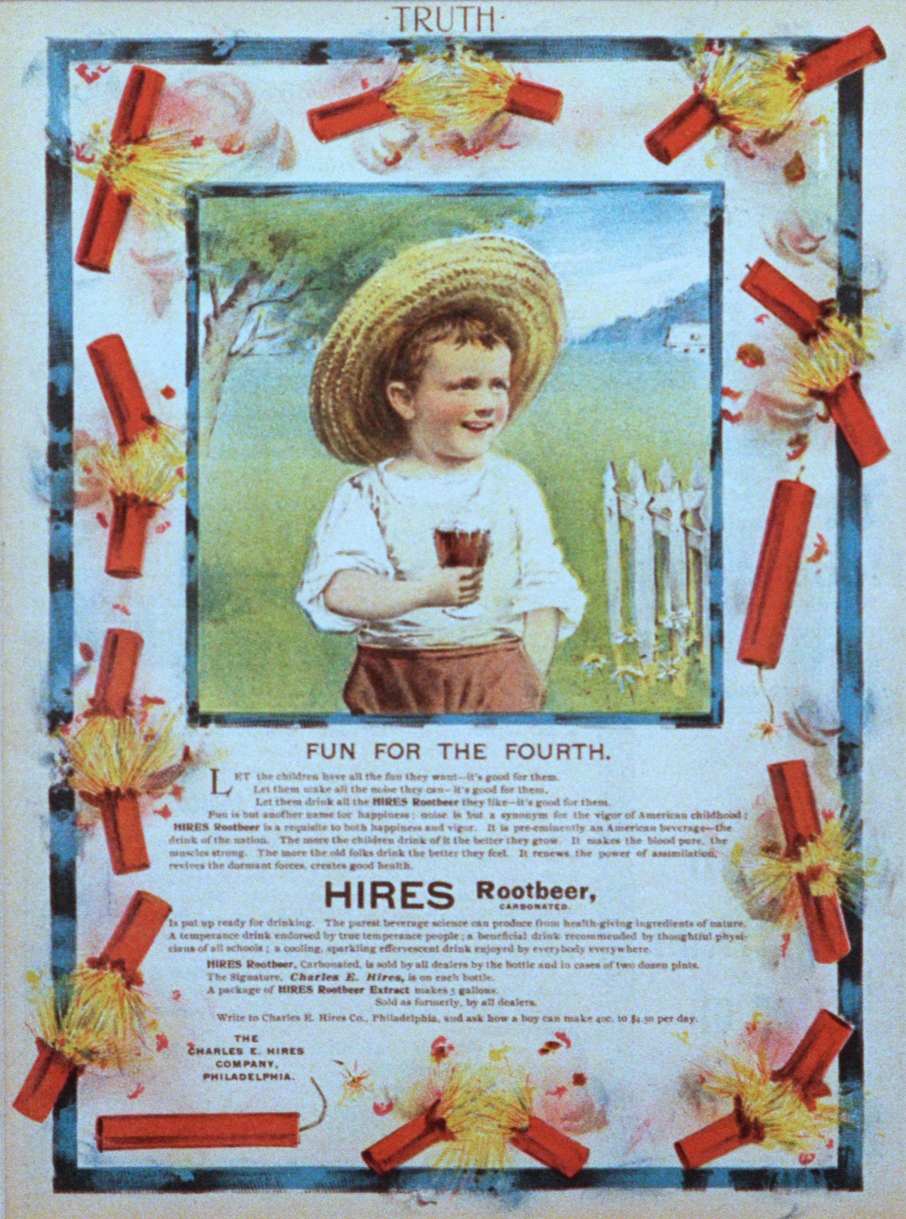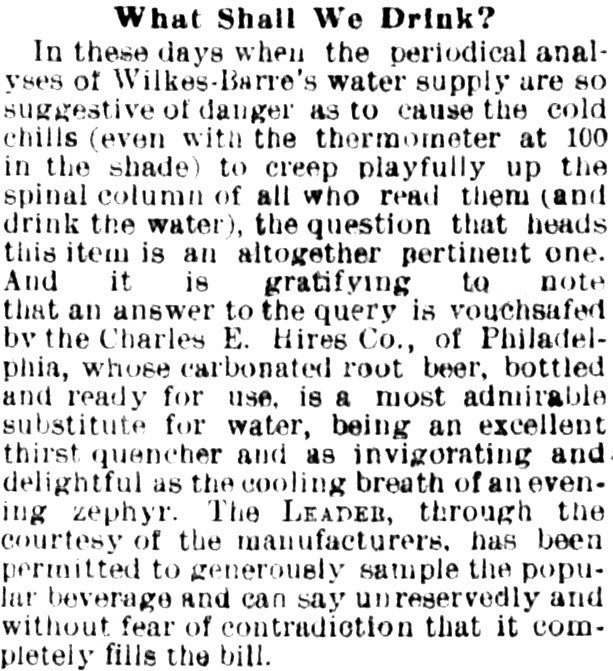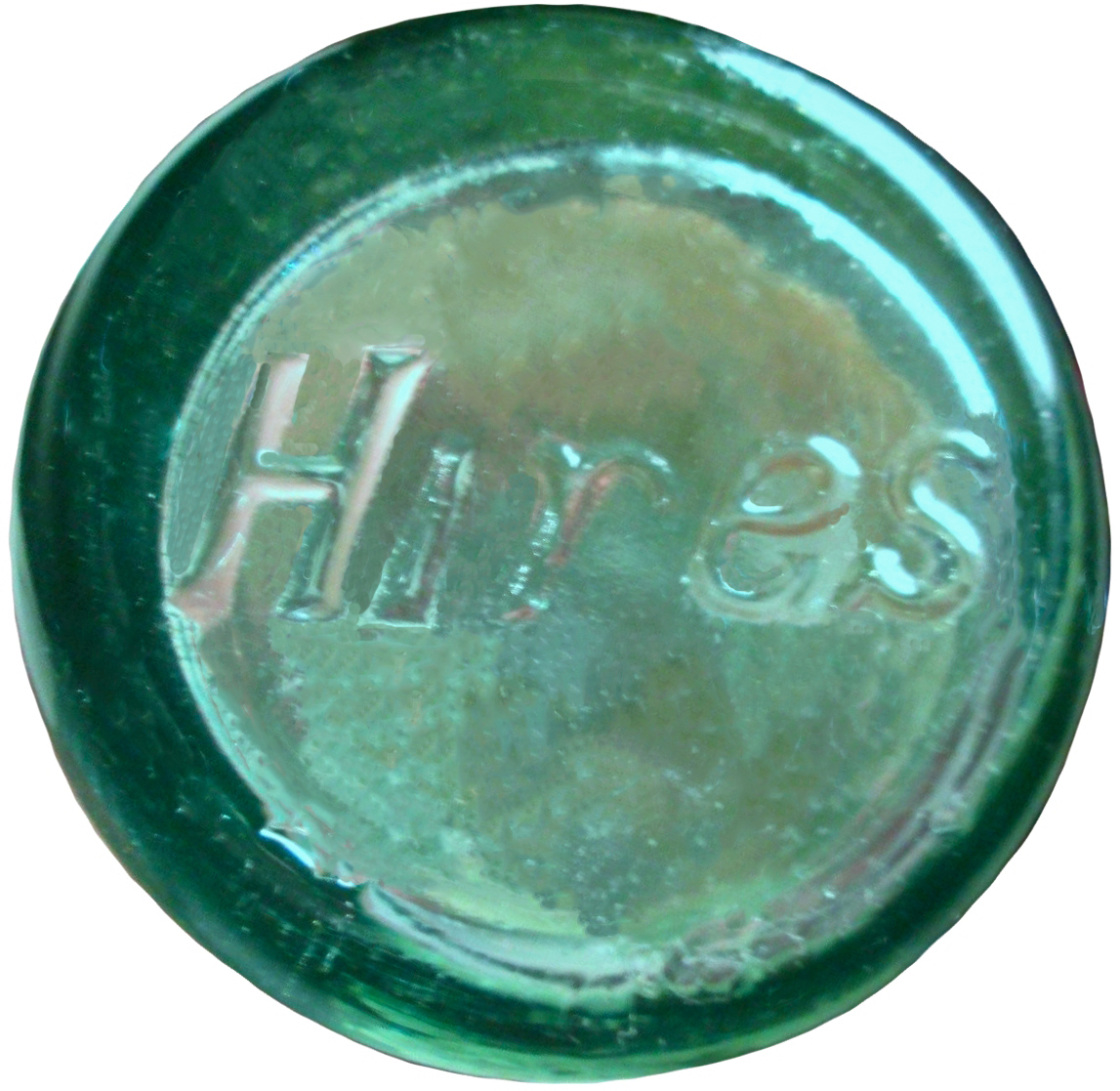1895
IT HAPPENED IN…1895
The Cotton States and International Exposition in
Atlanta drew 800,000 visitors.
The Liberty Bell was displayed, Buffalo Bill Cody put on
exhibitions, John Philip Sousa conducted concerts, and Booker T.
Washington gave a historic speech on race relations.
Cuba revolted against Spain, partially a result
of the severe depression in the Cuban sugar industry caused by the
Panic of 1893.
The first professional football game was played
in Latrobe, Pennsylvania August 31, 1895.
Charles E. Duryea received the first U.S. patent
for a gasoline-driven automobile.
Kodak’s pocket camera turned amateur photography
into a popular U.S. hobby.
King C. Gillette, a Crown Cork and Seal Company
salesman, developed the safety razor.
The slender, beautiful “Gibson Girl” changed
peoples’ perceptions of American women.
Pabst Brewing Company predicted beer would become
the national beverage of the U.S.
Michael J. Owens received several patents for a
“Machine For Blowing Glass.”
Owens’ automatic glass blowing machines revolutionized the
glass manufacturing industry.
Hires kicked off 1895 by again distributing 4.25” x
2.375” leather covered memo pads.
The incorporated advertising listed 1894 production figures, and
promoted 15.0” x 20.0” poster versions of “The Parting of Ruth and
Naomi” or “And the Fairies went to Bed,” both “works of art, executed in
13 colors, for framing.”
The posters were offered to anyone sending in signature labels from five
packages of Hires Rootbeer and three 2¢ stamps.
Early in the year a special offer was also mailed to
Hires’ retail dealers.
Here’s a portion of the pre-printed mailing envelope they used:
(Figure 1895-01, mailing
envelope)
Donaldson Brothers of New York City produced this
5.875" x 5.0" trade card for Hires. Although marked as copyrighted
in 1894, it wasn’t distributed until early 1895.
(Figure 1895-02, “And then the
fairies went to bed" trade card, front)
(Figure 1895-02, “And then the
fairies went to bed" trade card, back)
One version of the “All Gone” trade card was printed by the Forbes Lithograph Manufacturing Company in Boston, Massachusetts. The line “Could I have another glass of that” does not appear above “Hires Rootbeer” at the bottom of the front side, and the company address is listed as “119 Arch St.” rather than 117-119 Arch St.
(Figure 1895-03, “All Gone”
trade card, front, 3.0” x 5.0”)
(Figure 1895-03, “All Gone”
trade card, back, 3.0” x 5.0”)
Another version of the “All Gone” trade card was printed by Donaldson Brothers Lithographing in New York City. “Could I have another glass of that” was added above “Hires Rootbeer?” at the bottom of the front side, and the company address is listed as “117-119 Arch St.”
(Figure 1895-04, “All Gone”
trade card, front, 3.0” x 5.0”)
(Figure 1895-04, “All Gone”
trade card, back, 3.0” x 5.0”)
Early in 1895 Hires produced and distributed a 20 page booklet entitled
The Legend of the Golden Chair.
In addition to a story in verse for children, this 3.0" x 5.0"
booklet contains considerable information about and advertisements for
Hires’ Improved Root Beer. Note in particular the details about
the bottling of Hires Root Beer on page 15.
(Figure
1895-05, The
Legend of the Golden Chair booklet, vertical
format)
The Legend of the Golden
Chair booklet
was also produced in a horizontal format, with a color cover:
(Figure
1895-06, The
Legend of the Golden Chair, horizontal format)
Donaldson Brothers Lithographing of New York City also produced a die-cut, round, trade card depicting the Hires Boy offering a toast of “Health, Wealth and Happiness” to nine children gathered around a dining table. A black waiter is standing by with a tray holding a corked bottle of Hires Root Beer bearing a paper label.
(Figure 1895-07, “Health,
Wealth and Happiness” trade card, 6.5” diameter)
(Figure
1895-08,
Grocers’ Criterion, April 22, 1895, front page,
11.0” x 14.0”)
These advertisements ran in weekly issues of The Youth’s Companion magazine:
(Figure 1895-09, The Youth's Companion magazine, May 1895)
(Figure 1895-10, The Youth's Companion magazine, May 16, 1895)
(Figure 1895-11, The Youth's Companion magazine, May 30, 1895)
(Figure 1895-12, The Youth's Companion magazine, May and June, 1895)
Hires’ 1895 newspaper advertisements continued to
focus on children:
(Figure 1895-13, newspaper
advertisement)
Advertisements were tailored for specific audiences,
evidence this placement in a monthly journal containing book and
magazine reviews, and commentary on world events.
(Figure
1895-14, Review
of Reviews, June 1895)
The “Did you get yours?” theme was continued with a different illustration and the addition of expanded copy to create this magazine advertisement.
(Figure
1895-15, Ladies’
Home Journal, June 1895, 16.0” x 22.0”)
The young boy pictured wearing a straw hat on the “All Gone” trade card made return appearances in magazine advertisements and also on an unusual cardboard fan pull.
(Figure 1895-16,
The Youth’s
Companion, June 1895)
(Figure 1895-17, Munsey's Magazine, 6.75” x 9.5")
(Figure 1895-18, cardboard fan
pull, 9.25” x 9.5”)
(Figure 1895-19, The Youth’s Companion, June 27, 1895)
The hand and bottle image was reused from the May and
June 1895 “Get a glass quick” advertisements placed in
The Youth’s Companion
magazine, but the format changed.
(Figure
1895-20, The
Ladies’ World monthly magazine, July 1895)
(Figure
1895-21,
Munsey’s Magazine, July 1895)
This Carbonated Hires advertisement ran just prior to
the Fourth of July. Note
the grocer’s price was 10¢ per bottle, twice the cost of other bottled
soft drinks at the time.
(Figure
1895-22, Dixon
Evening Telegraph, Dixon, Illinois, July 3, 1895)
The young boy in the straw hat returned for a full
color, Fourth of July advertisement that graced the back cover of a
weekly humor magazine.
(Figure 1895-23, Truth, July 1895, back cover, 14.0” x 12.0”)
A
clever Wilkes-Barre, Pennsylvania bottler delivered free samples of
Hires Root Beer to the local newspaper staff, resulting in this free
advertising.
(Figure
1895-24, Leader
newspaper, Wilkes-Barre, Pennsylvania, July 17, 1895)
This blob top Hires bottle utilized a cork closure
that was wired down and the contents further protected by a metal foil
seal wrapped around the top.
The paper neck label indicates “None Genuine without bearing our
Signature. The Charles E. Hires Co.”
The paper body label depicts a medal and is worded “Diplomas and
Medals Awarded. Hires Improved Root Beer.
Sparkling, Delicious & Appetizing.
Bottled by The Charles E. Hires Co. Philadelphia, U.S.A.”
The base of the bottle is embossed “HIRES ROOTBEER PHILADLEPHIA,
PA.”
(Figure 1895-25, Hires Improved Root Beer bottle)
This aqua Hires bottle retains the complete,
original, paper labels. The
neck label reads “Charles E. Hires The Genuine First Prize.”
The round label just below the shoulder reads “KEEP THIS BOTTLE
ON ITS SIDE IN A COOL PLACE – SPARKLING – Genuine has Signature of
Charles E. Hires Co.” The
body label reads “DIPLOMAS AND MEDALS AWARDED – Hires (gold medals
pictured) IMPROVED Rootbeer – Healthful, Sparkling, Appetizing.
Made from
Sterilized and Distilled Water.
BOTTLED EXCLUSIVELY BY The Charles E. Hires Co. Philadelphia,
PA.”
(Figure 1895-26, Hires Improved Rootbeer
bottle, 9.5” tall)
This aqua Hires bottle bears the same paper labels as the example pictured above. The top bottle indicates this bottle was specifically manufactured for use with Baltimore Loop Seal closures. It is unknown whether the pictured bottle was initially sealed with a Loop Seal or the cork currently inserted into the mouth.
(Figure 1895-27, Baltimore Loop Seal Hires
bottle and base)
Charles E. Hires Company sales for 1895 were listed
as 17,659,620 gallons.




